It won’t be long before the weather begins to warm up, and people across the nation engage in a favorite pastime known as ‘Spring cleaning’. While many look forward to the changing of the weather, most are less enthusiastic about cleaning.
In preparation for the inevitable, we have decided to look for the perfect portable vacuum companion – if such a thing exists, to aid in some of our Spring cleaning that will be undertaken.
We decided to visit Amazon’s website to see what we could find. During our time on the site, we came across a number of portable vacuums that peeked our interest, however when all was said and done, we decided to pick up the Litheli Rigel LiteVac. The price seemed right, the vacuum looked sleek and the characteristics and features were in line with what we were looking for.
Description
The Litheli Rigel LiteVac is a cylindrical handheld cordless vacuum, made of ABS plastic with a length of approximately 30cm and a diameter of 5.5cm. The vacuum’s body is essentially comprised of four areas.
The front of the vacuum includes the nozzle, where debris is collected by the vacuum. The nozzle’s opening is approximately 3.5cm wide by 2.0cm tall. Inside the nozzle is a round hole with a diameter of approximately 2.0 cm where debris gets funneled through.
Attached to the LiteVac’s nozzle is the transparent housing for the dust cup, which contains both a steel mesh filter as well as a HEPA filter, although there is no grade associated with the HEPA filter. Additionally, the dust cup is on the smaller side with a total capacity of about 100 mL.
Continuing the visual journey from the front of the vacuum towards the rear leads to the main body of the LiteVac where the 100W brushless motor is housed.
Finally, there is the battery compartment at the rear where the removable 4000mAh rechargeable Lithium-ion battery connects to the vacuum.

We look at each component below in more detail.
Nozzle and Accessories
The nozzle of the LiteVac allows for the addition of accessories to tackle a variety of settings.
Included with the vacuum is a flat (crevice) extension nozzle which measures 16cm in total length with a 13cm reach after the extension is snapped into place. Litheli has made attaching accessories to the nozzle simple and intuitive with the help of small but accurately placed grooves to snap each accessory into place. To remove an extension, you simply pull it off. The flat extension nozzle is perfect for hard to reach spaces or those corners where there is little room to maneuver.
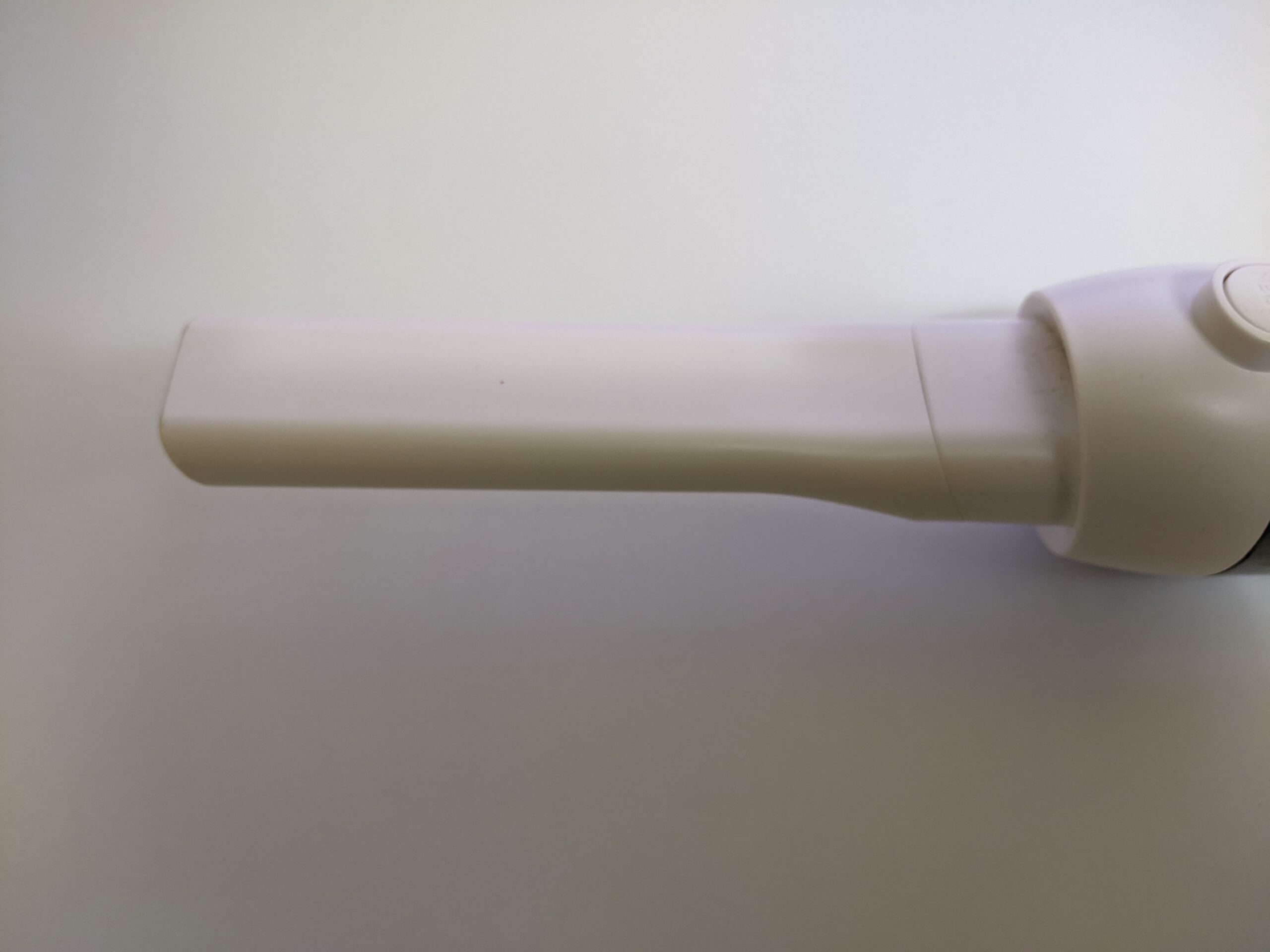
The second nozzle extension included with the Rigel LiteVac is the brush nozzle. The brush nozzle measures about 6.7cm in length, however when attached to the vacuum’s front, the useable portion of the brush extension is only about 3.0cm. The brush extension’s soft bristles make it ideally suited to pick up dust and other debris including pet hair. The soft bristles will not harm furniture or other delicate surfaces.
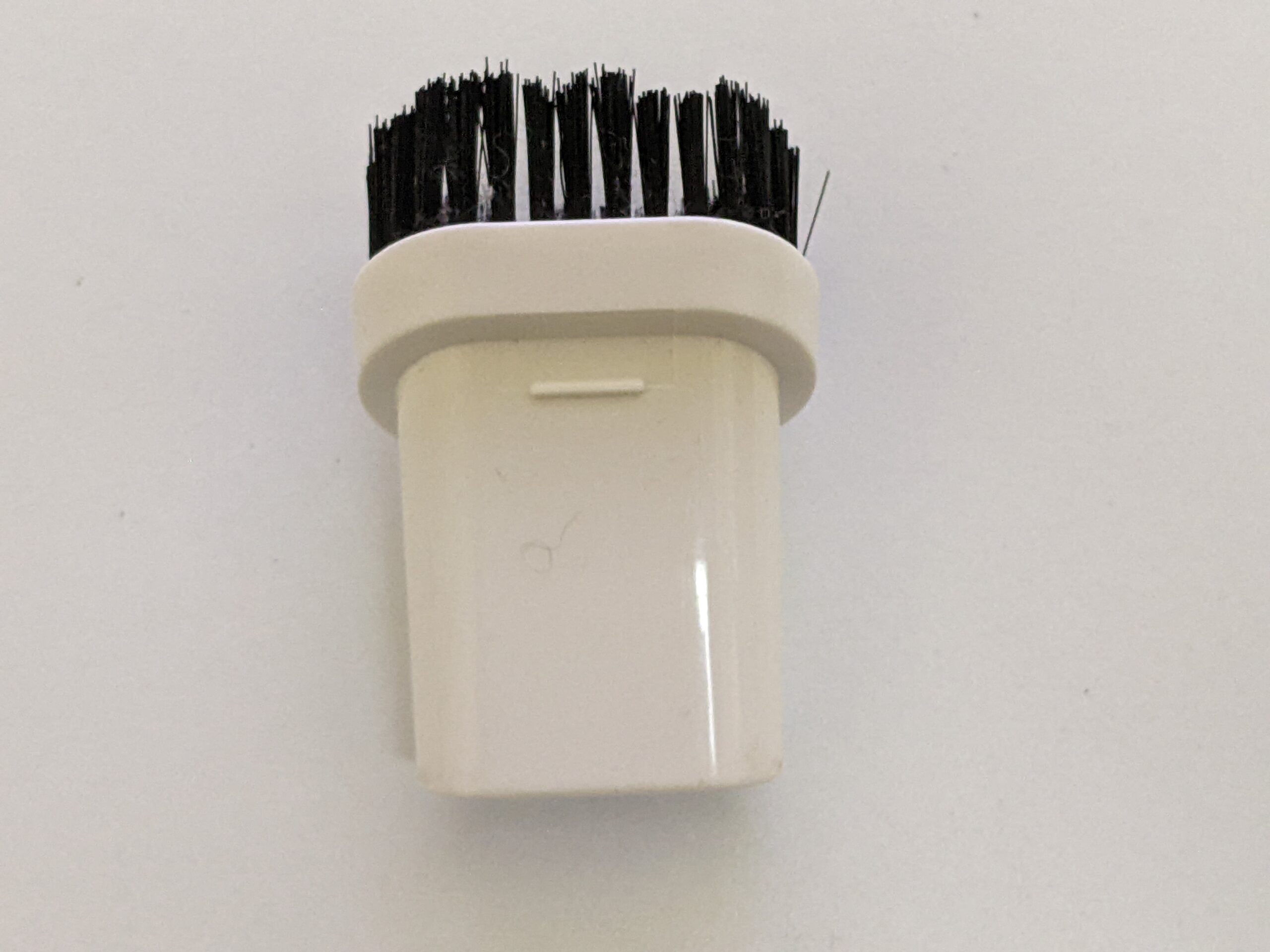
Dust Cup
The dust cup for the Litheli Rigel LiteVac has a capacity of 100 mL. We would categorize this as slightly less than the average handheld vacuum’s dust cup.
Although the dust cup is tinted, the level of transparency is still sufficient to see how much debris has accumulated. Furthermore, the dust cup houses both the steel mesh and HEPA filters. The steel mesh filter is designed to act as a barrier to the HEPA filter, preventing larger debris such as pet or human hair from reaching and satiating the HEPA filter.
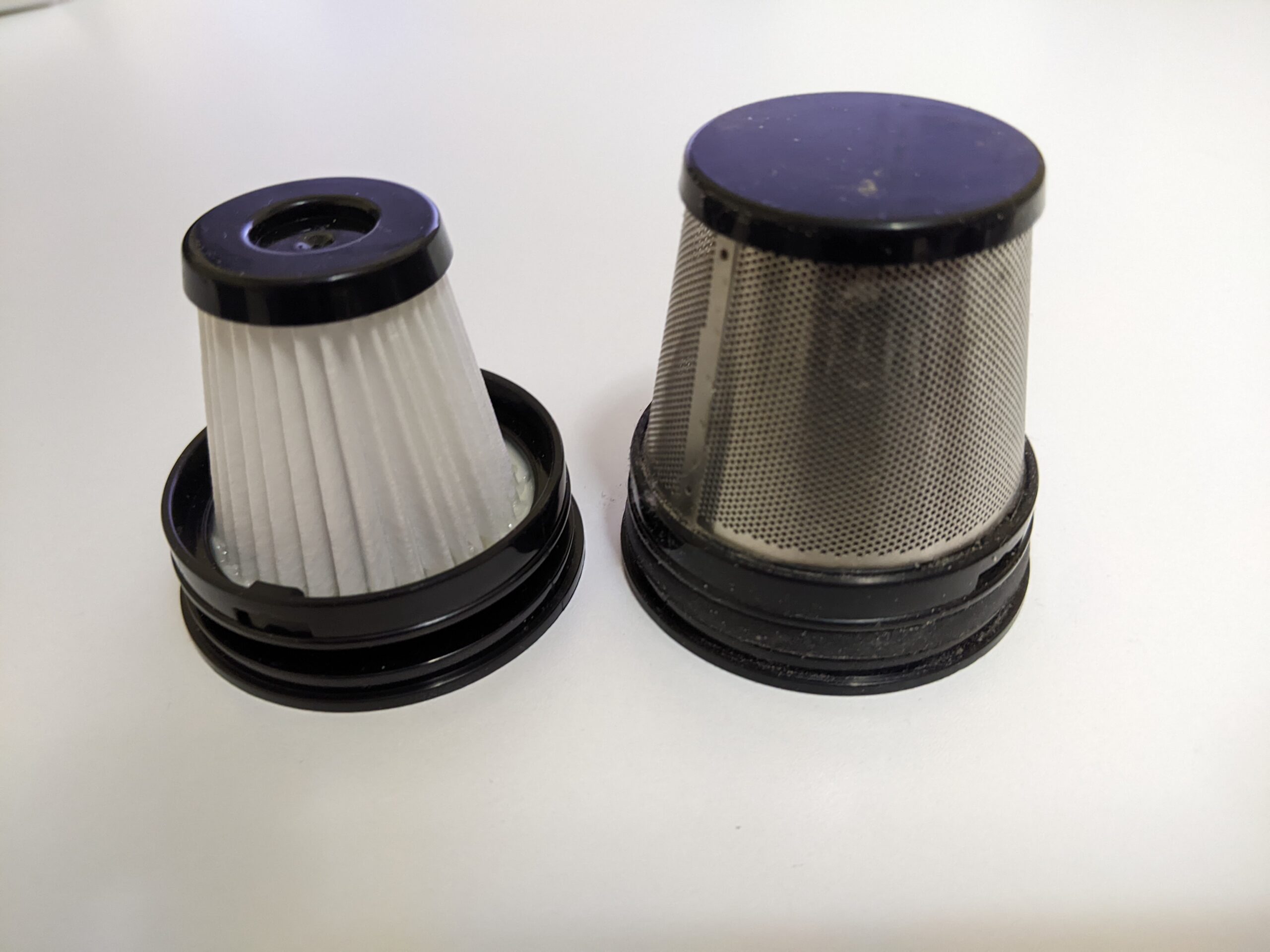
When needed, you can simply detach the HEPA filter from the outer steel mesh filter for cleaning. The HEPA filter can be air cleaned or rinsed depending on your preference. To its credit, Litheli includes a second HEPA filter that can be used while the first one air dries, so you don’t have to miss a beat.
Clearing the dust cup of collected debris is also simple using the one-touch dumping button, which when pressed springs open the dust cup lid, allowing you to dump whatever debris is inside. We would recommend, opening the dust cup over a garbage bin to avoid any mishaps.
In order to reach the steel mesh and HEPA filters, you will need to grab the top portion of the LiteVac and firstly turn it counterclockwise, and secondly pull up, to remove the dust cup and nozzle from the main body of the LiteVac. Doing so will then allow you to access the filters for removal and cleaning.
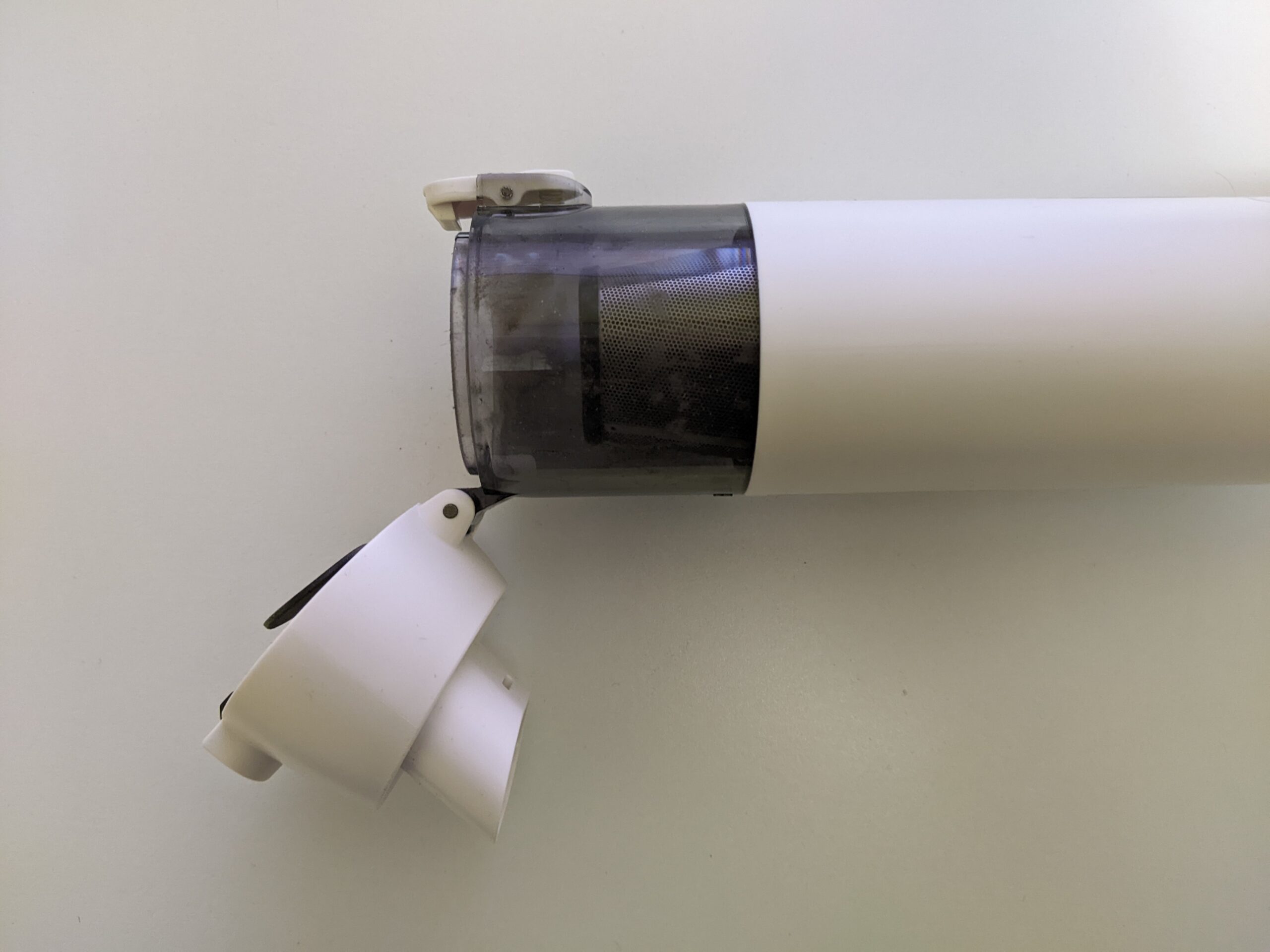
Motor
The Litheli Rigel LiteVac is powered by a 100W brushless motor. The motor does an excellent job at generating enough power to make the LiteVac a respectable performer.
The vacuum has two speeds with the low speed generating 6000 Pa of pressure while the high power setting results in 10,000 Pa. While we find the low power setting to be sufficient for picking up loose debris on hard surfaces, we would recommend utilizing the high power setting for tougher jobs, especially where debris can become entangled.
When comparing the LiteVac with other similarly priced cylindrical handheld competitors, the performance of the LiteVac is slightly better than average within the category.
We also measured how loud the LiteVac is in decibels at a distance of 12 inches and found that regardless of which of the two power settings is used, the Litheli vacuum resulted in a reading of just about 80 decibels, which is quite loud for such a small product.
One last point regarding the motor is that air generated by the brushless motor is expelled out of the back of the LiteVac. This is generally the case for handheld cordless vacuums while larger vacuums such as the Tineco S15 Pet that we reviewed, tend to expel air to the sides.
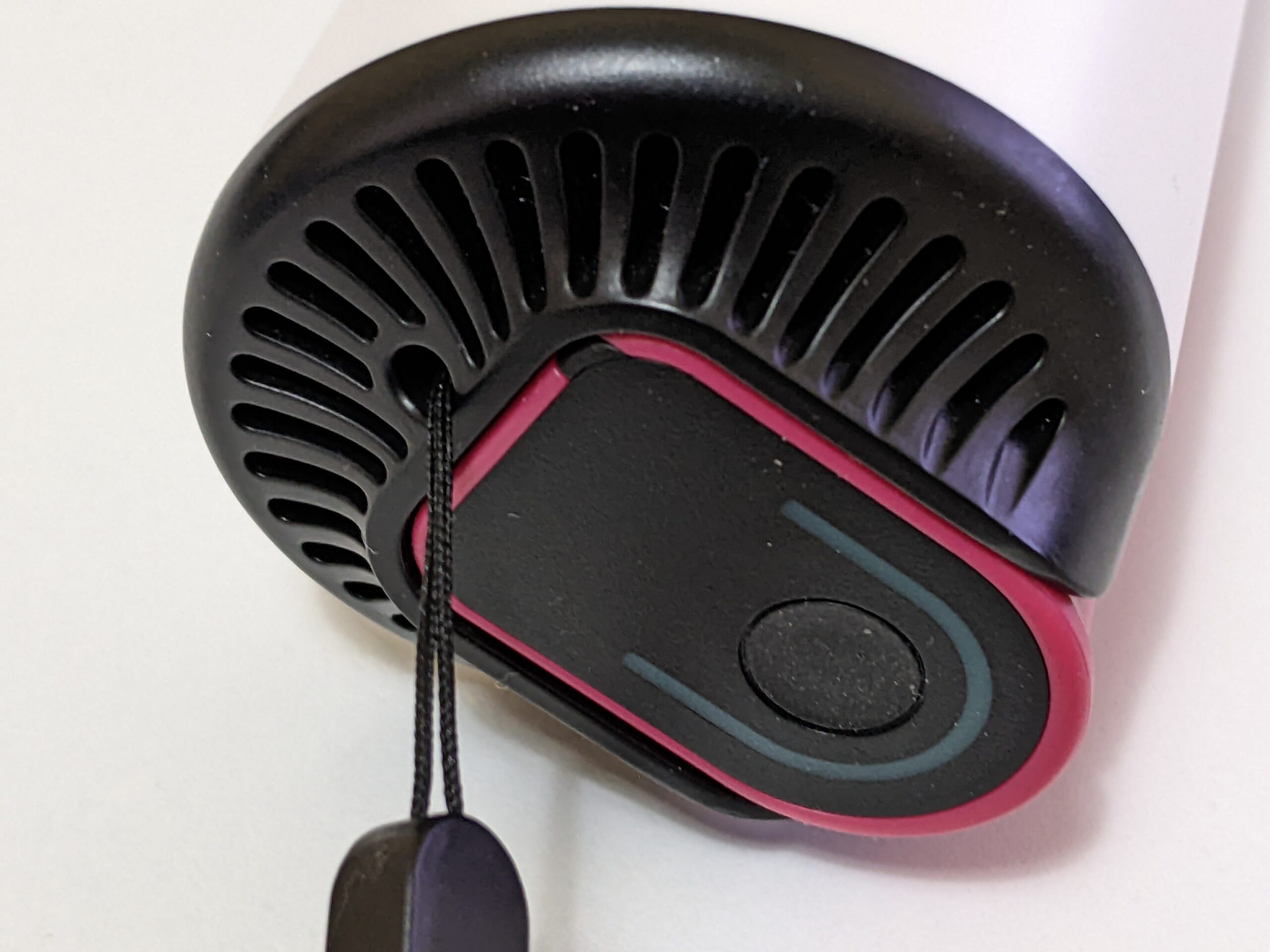
Battery
The battery of the Litheli Rigel LiteVac is 4000mAh and its capable of keeping the vacuum running for a reasonable period of time. We measured the battery to last under 20 minutes at the lower power mode, which is on the lower end when compared to the LiteVac’s peers.
Litheli has also attached a phone charging cable to the battery so that you can charge your phone with the vacuum’s battery if needed. We would not recommend this since this will only serve to lower the useful life of the vacuum’s battery over time. There are plenty of power banks designed to deal with charging a phone if and when needed.
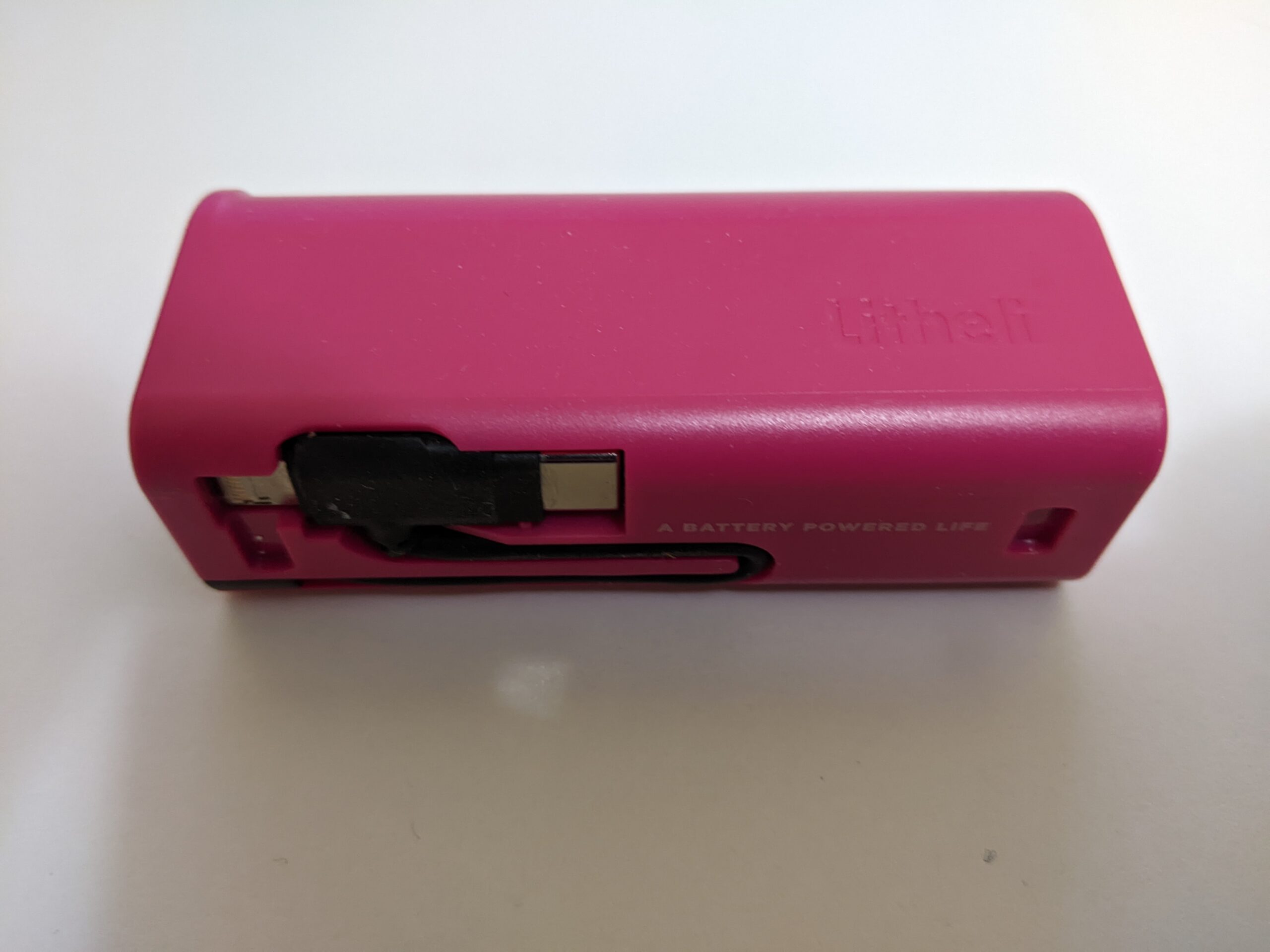
When we measured battery charging time, we found that to reach a fully charged battery from the five percent level took about 110 minutes. If this sounds like too long of a wait, you can find spare batteries for sale separately.
We do give extra points to Litheli for creating an innovative visual indicator for checking the charge remaining in the battery. On the back of the battery is a button which once pressed lights up a coloured ring (well, more like a letter ‘U’) and depending on the colour of that ring, you can get a sense of the battery charge remaining. For example, if you press the button at the back of the battery and the ring lights up green, this indicates that the battery is nearly fully charged, whereas, a yellow hue to the ring indicates that the battery is half discharged while a flashing red light indicates that it’s time to recharge the vacuum’s battery.
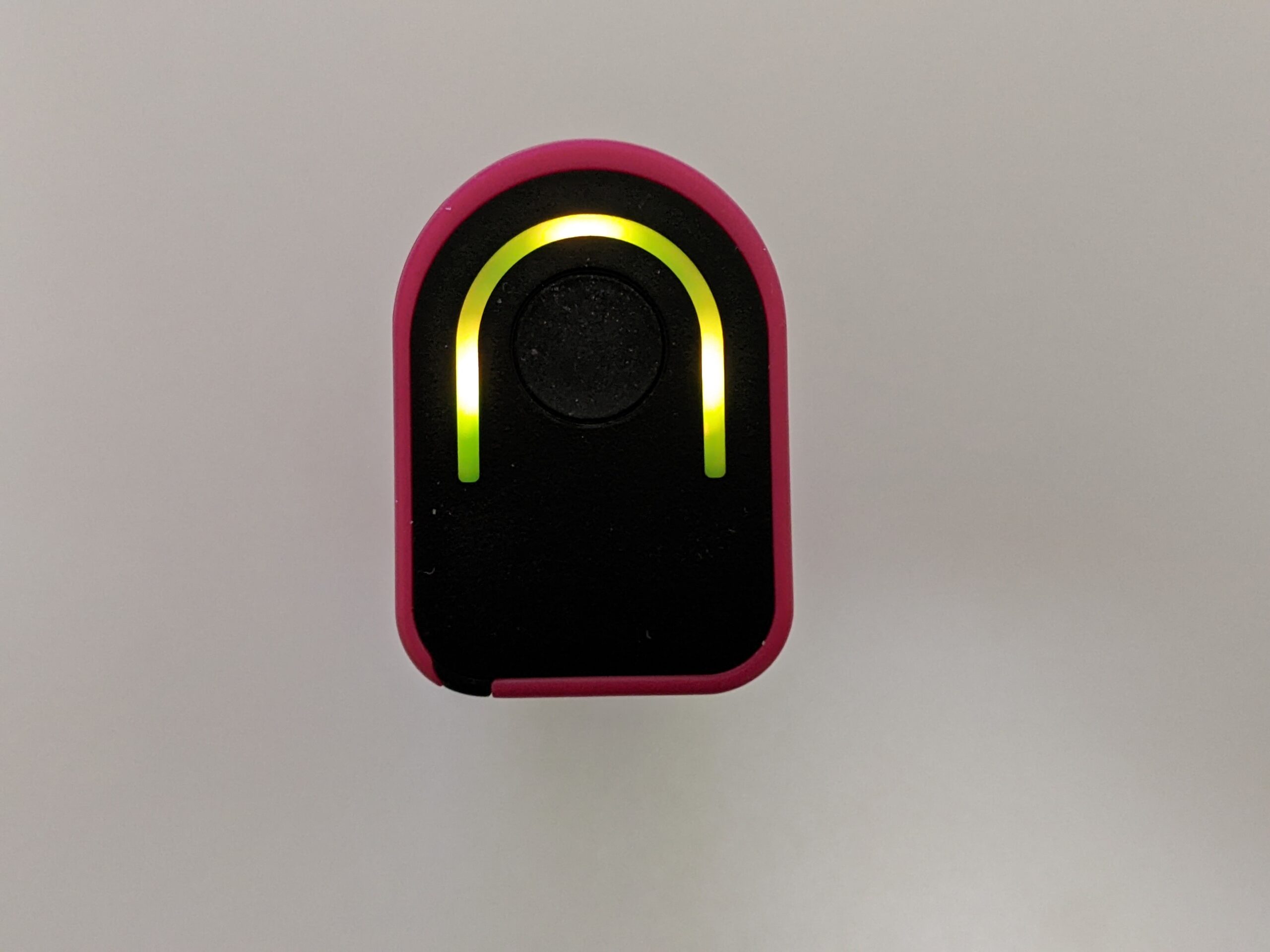
Weight
At 340 grams without any attachments or the battery installed, the Rigel LiteVac can be easily handled by young and old alike. Adding the battery to the vacuum increases the weight to about 470 grams with extension pieces bringing the total weight to near or just above 500 grams. For a handheld cordless vacuum this is among the lighter candidates that we were able to find. This makes the LiteVac easy to carry for on-the-spot cleaning and there is no worries going up and down stairs.
Performance
We evaluated the LiteVac using three tests.
Test 1
The first test evaluated performance of the vacuum on a dry smooth surface utilizing 100 grains of rice without any accessory mounted to the LiteVac. At both the lower power and high power settings, the LiteVac had no problems sucking up all of the grains of rice on a single pass albeit a slow and steady movement over the debris was required. We did this to simulate a common real world occurrence that one would likely reach for a cordless vacuum to perform.
Test 2
We next evaluated the performance of the Litheli vacuum with a considerably more difficult task, which included pet hair entangled with a low threshold carpet and with the brush extension attached. In this test the Litheli vacuum had considerable problems at the low power setting and was only able to pick up 25% of the hairs we used. At the high setting, the vacuum performed somewhat better by being able to suck up about 40% of the hair. We would point out that we ran through four passes within an area of one foot in width and length of randomly placed hairs.
Test 3
Finally, we used a car interior test to mimic a real world experience for which people use a cordless portable vacuum. Using an assortment of gravel, salt, and some sand, we used the flat crevice extension at both low and high power. We found that under the low power scenario, the vacuum was able to collect 40% of the gravel, 50% of the salt and 60% of the sand. At high power, the vacuum was able to capture 55% of the gravel, 70% of the salt and 80% of the sand.
The results were in line with what we were expecting in terms of performance from a mid-range cordless handheld vacuum.
What We Like
Light Weight
The Litheli Rigel LiteVac is one of the lighter cordless handheld vacuums that we have come across. At less than 500 grams with the battery installed, the vacuum can be easily carried from room to room, outside or anywhere else you feel you need to use it, without tiring your arms.
High Power Mode
At high power, the LiteVac performs well for what it has to offer. While the low power setting leaves us wanting more, we found that the high power performance was certainly on par with its peers. There are however alternatives that do offer much more power and might be worth considering although one should be prepared to pay up for the extra power.
Easy To Clean
When it comes time to empty the dust cup or to clean the filters, Litheli has done a good job making these less-than-glamourous tasks efficient and painless. While you can easily remove debris from the steel mesh filter with your fingers, the HEPA filter will likely need to be rinsed, which is a very simple step. Perhaps, the only drawback in the cleaning process is the necessity to wait for the HEPA filter to air dry, but having already thought of that, Litheli provides a second HEPA filter so you won’t be forced to stop and wait for your HEPA filter to dry.
Spare Parts
Often times when we pick up a product online, we sometimes overlook the need to think about the future and replacing components. Litheli is a name that has a good reach and the ability to pick up spare parts, especially a spare battery, is not difficult from retailers such as Amazon.
Innovative Visuals
The LiteVac does a tasteful job at providing a simple visual indicator to the user of the battery’s remaining charge. Although, some vacuums have a numerical value for the charge remaining, we find that this simple colour-coded technique is easy to understand and sufficient.
What We Don’t Like
Dust Cup Size
While the dust cup for the LiteVac can hold as much as 100 mL, we find this to be generally inadequate for a handheld cordless vacuum. The end result is the frequent emptying of the dustbin during cleaning cycles.
Battery Charge
A battery powered vacuum in our opinion should be capable of lasting more than 20 minutes at 6000 Pa with a 100W brushless motor. The battery life is even shorter when operating exclusively using the high power mode. Although Litheli does sell spare batteries which can lengthen single cleaning cycles by swapping out one battery for another when there is little charge remaining, this represents an added expense to the consumer which takes away from the product’s value proposition.
Final Thoughts
While the Litheli Rigel LiteVac offers sufficient performance based on our tests, it still lags behind some of the more well known brands. As a new entrant, the company’s foray into the area of cordless handheld vacuums is certainly respectable.
We expect that as the company gathers feedback in terms of performance as well as consumer preferences, the company will adapt as it moves forward. While we like the vacuum’s innovative approach and light weight and performance at the high power setting, it’s battery is really meant for quick on the fly cleaning tasks rather than anything more sustained or time consuming.
Going forward, we hope the company builds on a decent first iteration of its cordless handheld vacuum.
For more information including the latest price for the Litheli Rigel LiteVac, please click on a button below.